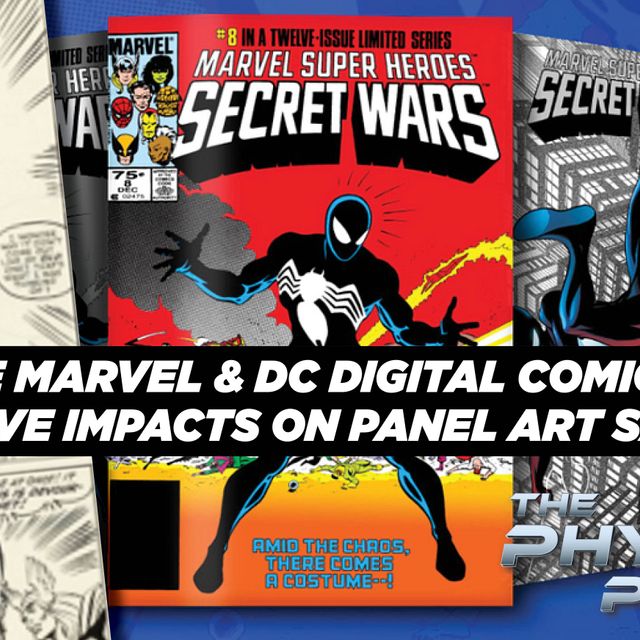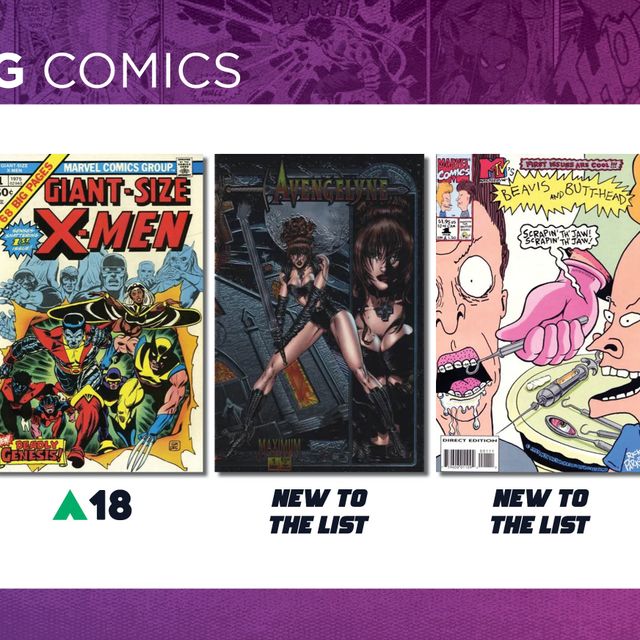
Once upon a time there was a space-policeman named Hal Jordan. Hal was a good guy - a ‘straight arrow’ you might say and brave as they come. He had a power ring and orders to protect the Earth in the name of the blue-skinned Guardians from the planet Oa. But there was a problem. You see, Hal was a one trick pony, some even thought – perhaps unfairly – that he was boring. The consequence was that sales on his comic began to lag. Neal Adams, then working at DC, had an idea: why not partner Hal up with a more exciting personality: namely the Green Arrow. Also, get Dennis O’Neil to write the scripts.
The rest, as they say, is history.
The original O’Neil/Adams Green Lantern/Green Arrow run (1970-72) is indisputably one of the high points of Bronze Age Comics. So much so, that many view their collaboration on this book as the very beginning of the Bronze Age.
The real decline in Green Lantern sales actually coincided, not all that surprisingly, years earlier with the departure from the book of writer John Broome who wrote the first 59 issues. Broome, along with artist Gil Kane, was Silver Age Green Lantern. Kane also drew the book continuously from issue #1 up until issue #61 (cover dated June 1968).
Broome’s scripts and Kane’s pencil work originally made the book a standout. After the duo stopped working together, sales for the book really began to flag. Luckily, in the early 70s DC had a young artist who was both a huge Gil Kane fan and wanted to revive Green Lantern. Enter Neal Adams: at that time an up and coming talent.


(Pictured Above: Denny O'Neil and Neal Adams in the early 1970s)
Adams’ art alone would have done much to re-energize Green Lantern, but paired with Dennis O’Neil’s rapidly improving story-telling skills the creative team worked together to really move GL to a new level.
O’Neil, a one-time reporter before becoming a comic book writer, had seen his share of life’s vicissitudes. Refusing to back away from socially conscious and edgy topics, O’Neil instead worked to incorporate them into his stories. Adams, for his part, was young and confident, wanting nothing less than to prove himself. He was more than willing to give O’Neil’s scripts his full attention. The result, subsequently, was nothing short of an instant classic.

From the iconic cover to the bold ‘in your face’ story “No Evil Shall Escape My Sight” (which won O’Neil the Shazam Award for best individual story of 1970) this book is a classic and highly sought out by comic fans. If GL had started to seem dated, this story pushed him into a new modern frame without missing a beat. Recent sales have seen mid-grade copies sell for all time high prices. The biggest gains have been on blue label certified 7.5 graded copies, up 25.4% over the last three months with the last three sales of $456.00 (Heritage 02/24/2019); $528.99 (eBay 03/03/2010) and $615.00 (eBay 03/13/2019). 8.5’s are also up 4% and 7.0 blue certified are up 1.4% over the same span of time.

Green Lantern #85 (July 1971) - Speedy revealed as addict; Anti-drug issue
All new, all now! Eco-consciousness, over-population, individualism versus collectivism, this was just a sample of the issues tackled by O’Neil and Adams on their run. At one point the pair even received a cease and desist letter from Claude R. Kirk Jr., then Governor of Florida, threatening to discontinue sales of all DC comics if they persisted in criticizing Richard Nixon and Spiro Agnew. However, the issue that really hit the public consciousness like a sack of bricks was the famous drug issue. So shocking was the cover to this issue that originally DC didn’t want to use it. After Adams insisted, they eventually published it and the relaxing of the comic code authority had officially begun. This comic is another classic, and introduced a realism and naturalism to GL that had been lacking in his sci-fi themed heyday. In O’Neil’s story Green Arrow's teenage sidekick, Speedy, is revealed to be a heroin addict. In certified 9.8 grade this comic has a FMV of $975.00. You can find raw copies in lower grades for much, much less.

If issue #85 highlighted the new focus on social problems and brought it to a head then issue #87 showed that Green Lantern’s legacy was still relevant in the Bronze Age. Featuring the second appearance of alternate GL Guy Gardner and the first appearance of John Stewart, O’Neil here makes it clear that the GL story universe could be expanded even as the earth-based realism of the stories became more pronounced. With a FMV of $2, 5000.00 in certified 9.8 grade, this is one of the more valuable issues in the O’Neil/Adams run.


